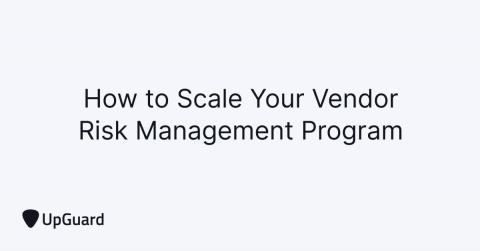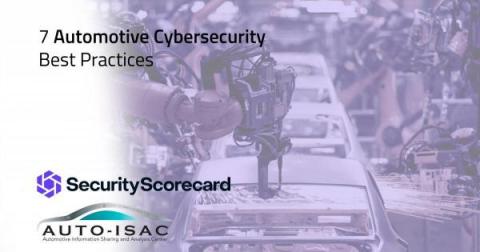Channeling Regulatory Requirements into Practical Cyber Risk Assessments
Does the saying "compliance does not equal security" paint a holistic picture? Sure, the concept is genuine; meeting a single compliance standard will not directly improve security posture. However, after working with hundreds of organizations, we have learned there are key considerations that can help maximize the value and urgency of compliance requirements by channeling such efforts into more practical risk assessments.








